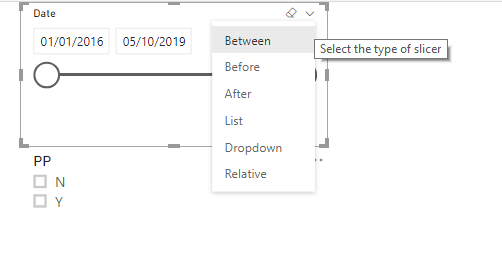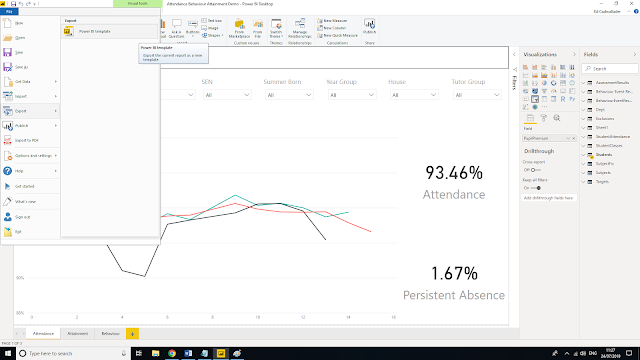Tips for working with national attendance data
In this post I’m going to talk through some issues I’ve had and tricks come up with when dealing with national attendance stats. The Data First step is to get the data, which you can find at https://www.gov.uk/government/collections/statistics-pupil-absence (or I just google ‘dfe absence statistics’). There are three releases a year. The Autumn term release, which comes out the following May. The Autumn and Spring release which comes out the following October and the full year release which comes out the following March-June. So for the 2018-2019 academic year the autumn term stats were released in May 2019, the Autumn-Spring will be release this month (October 2019) and the full year stats will come out in Spring 2020. You therefore usually have a choice between more recent data that doesn’t cover the whole year and older data that does. Another factor to bear in mind is that the Autumn-Spring data doesn’t have breakdowns for Ever6 FSM where as the full year does. T

